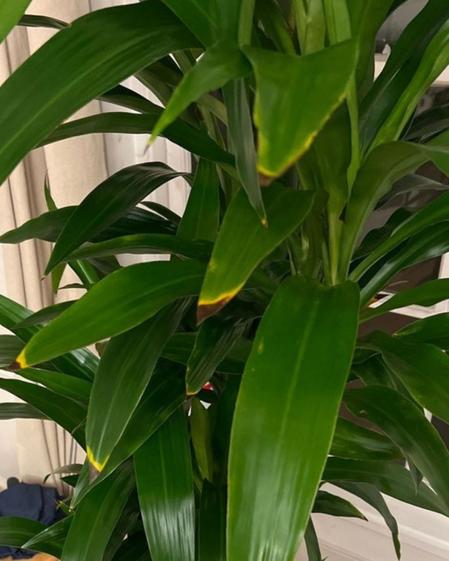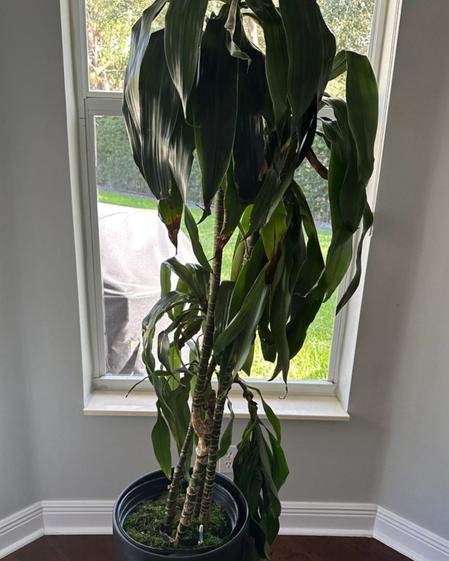Dracaena Lisa Care Guide

The Dracaena Lisa is a sleek, upright plant known for its glossy, deep green leaves and architectural shape. It’s one of the most low-maintenance members of the Dracaena family, making it perfect for homes and offices alike. With its tall stature and tidy foliage, it adds structure and sophistication to any space.
Simple Care Instructions for the Dracaena Lisa
Light Needs
The Dracaena Lisa is very adaptable when it comes to light. It thrives in medium to bright, indirect light but can also easily tolerate low light conditions. Avoid direct sunlight, which can scorch its leaves.
Watering Requirements
Dracaena Lisa prefers to dry out a bit between waterings. Stick your finger into the soil: if the top 2 inches are dry, it’s time to water, usually every 2-3 weeks. Always ensure the pot has drainage to prevent root rot.
Humidity & Temperature
This plant adapts well to typical indoor environments but appreciates a little extra humidity and rrefers average indoor humidity and temperatures between 65–80°F (18–27°C). Avoid placing it near cold drafts or heating vents.
Feeding & Fertilizing
Feed monthly during spring and summer. Use a balanced liquid houseplant fertilizer diluted to half-strength. Skip feeding during fall and winter when the plant’s growth slows down.
Common Problems and Troubleshooting Tips
Yellowing Leaves – Overwatering
Symptoms: Yellow, soft lower leaves.
Cause: Soil staying wet for too long.
Solution: Let soil dry out more between waterings and ensure proper drainage.
Crispy Leaf Tips – Low Humidity or Fluoride Sensitivity
Symptoms: Brown or dry edges on leaves.
Cause: Dry air or sensitivity to fluoride in tap water.
Solution: Use distilled or filtered water and increase humidity if needed.
Pests – Spider Mites or Mealybugs
Symptoms: Webbing or cottony residue on leaves.
Cause: Dry conditions and infrequent checks.
Solution: Wipe leaves regularly and treat with neem oil or insecticidal soap at first sign of pests.

Brown tips are common but not serious and can be simply snipped away.

A droopy Dracaena Lisa may be overwatered.
Seasonal Care Tips
Dracaena Lisa is wonderfully low-maintenance, but adjusting your care with the seasons can help it thrive year-round. In winter, be mindful of cold drafts and dry air from heaters—this plant prefers consistent temperatures and moderate humidity, so consider moving it away from windows or vents and misting occasionally if the air feels especially dry. Cut back on watering during colder months, as the soil will take longer to dry out. In spring and summer, when the plant is actively growing, resume regular watering and begin a monthly feeding schedule with a diluted liquid fertilizer.
If your Dracaena Lisa starts to look a little dusty, gently wipe the leaves with a damp cloth to keep them glossy and healthy—clean leaves can also photosynthesize more efficiently. Finally, rotate the plant every few weeks to ensure even growth and prevent it from leaning toward the light.



